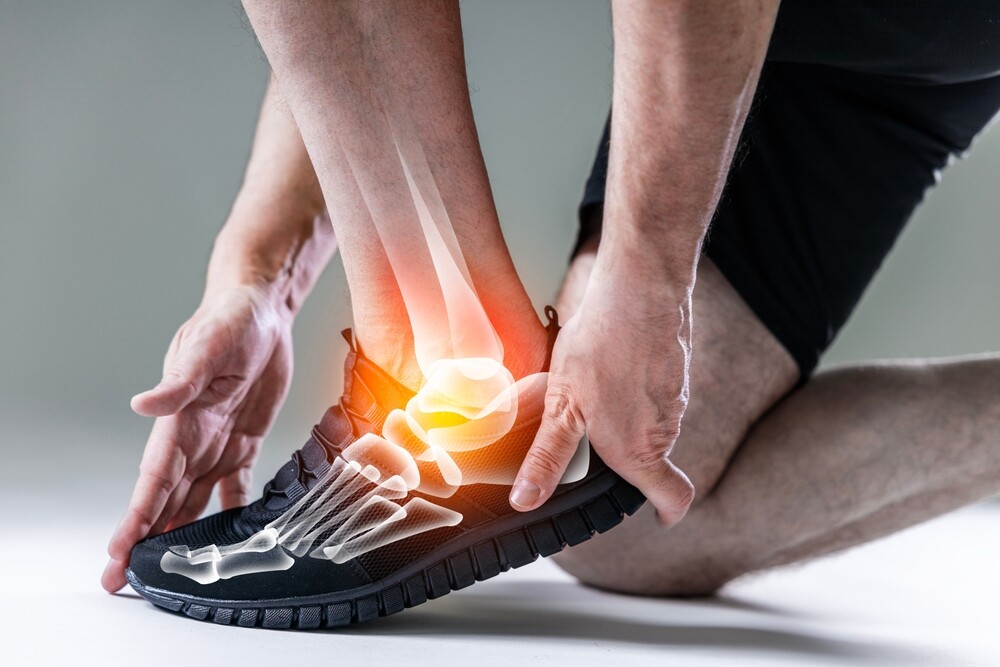10 Lymphatic Massage Side Effects
Lymphatic massage, also known as lymphatic drainage massage, is a therapeutic technique aimed at stimulating the lymphatic system to promote the flow of lymph fluid. This type of massage has gained popularity for its potential health benefits, including detoxification, immune system support, and reduction of edema or swelling.
However, like any therapeutic procedure, lymphatic massage can have side effects, and it’s essential to be aware of them to ensure a safe and comfortable experience. Many people wonder, “Is this normal, or am I getting sick?” Here’s what to expect after going in for lymphatic massage.
What Does Lymphatic Massage Do?
Lymphatic massage is a gentle and rhythmic massage technique that targets specific lymph nodes and vessels in the body. It aims to encourage the movement of lymph fluid, which plays a crucial role in removing waste products, toxins, and excess fluid from tissues. By promoting the efficient function of the lymphatic system, lymphatic massage can potentially alleviate a range of health issues, such as lymphedema, post-surgery swelling, and overall immune system support.
However, after a session, some individuals may experience lymphatic massage side effects. These side effects are usually temporary and mild, but in rare cases, they can be more severe.
10 Lymphatic Massage Side Effects
1. Fatigue
Feeling tired after a lymphatic massage session is entirely normal. This fatigue occurs because your body expends energy during the massage to process toxins and manage the increased lymphatic activity. The lymphatic system is responsible for removing waste products and toxins, and when it’s stimulated through massage, your body works harder to eliminate these substances. This increased metabolic activity can leave you feeling temporarily drained, but it’s a positive sign that your lymphatic system is doing its job.
2. Increased Urination
One of the noticeable side effects of lymphatic massage is an increase in urination. This happens because the massage stimulates your lymphatic system, which plays a crucial role in maintaining fluid balance in your body. As the massage facilitates the removal of toxins and excess fluids, your kidneys work to filter and excrete these substances through urine. It’s a natural response and an indication that your body is detoxifying and cleansing itself.
3. Headache
Some individuals may experience a mild headache following a lymphatic massage. This occurrence is often attributed to the rapid release of toxins from your body. When toxins are eliminated too quickly, they can temporarily overwhelm your system, leading to headaches. These headaches are typically short-lived and can be managed with hydration and rest. If they persist, it may be helpful to consult with your massage therapist or healthcare provider.
4. Nausea
Nausea can sometimes accompany a lymphatic massage, particularly if your body is expelling toxins at a faster rate than usual. The sudden release of toxins into your bloodstream can trigger a temporary feeling of queasiness. However, this sensation typically subsides as your body continues to eliminate toxins. It’s essential to listen to your body and rest if you feel nauseous after a massage, and you might consider drinking water to help with the detoxification process.
5. Muscle Soreness
Similar to other forms of massage, lymphatic massage can leave you with mild muscle soreness. This discomfort is typically due to the manipulation of muscles and the stimulation of lymph nodes during the massage. However, this soreness is usually short-lived and tends to improve within a day or two. Gentle stretching and staying hydrated can help alleviate this sensation.
6. Increased Thirst
After a lymphatic massage, you might find yourself feeling thirstier than usual. This is because your body is actively eliminating toxins and excess fluids. Adequate hydration is crucial to support this detoxification process. Drinking water helps your kidneys flush out toxins and maintains your body’s overall fluid balance.
7. Emotional Release
Lymphatic massage can sometimes trigger emotional releases, such as crying or feeling unusually emotional. This response is a natural part of the body’s detoxification process. As toxins are released and processed, they can have an impact on your emotional state. Emotional release can be therapeutic and is a sign that your body is responding to the treatment.
8. Skin Reactions
Some individuals may experience temporary skin redness or irritation following a lymphatic massage. This is usually a mild and short-lived reaction and is often a result of increased blood circulation to the skin during the massage. The skin typically returns to its normal state within a short period, and applying a soothing, fragrance-free moisturizer can help alleviate any discomfort.
9. Flu-Like Symptoms
While rare, some individuals may experience flu-like symptoms after a lymphatic massage, including fever, chills, or body aches. These symptoms can be alarming but are generally indicative of your body’s effort to remove toxins. If these symptoms persist or worsen, it is advisable to consult a medical professional to rule out any underlying issues.
10. Allergic Reactions
Although extremely uncommon, allergic reactions to massage oils or lotions used during lymphatic massage can occur. If you notice itching, rashes, or swelling on your skin following a massage, it’s essential to seek medical attention immediately. This will help identify the allergen and ensure appropriate treatment.
When to Seek Medical Attention
The side effects of lymphatic massage rarely require medical attention. Hydration and rest will usually get you back to feeling better in no time. But, while most side effects of lymphatic massage are mild and self-limiting, there are instances where medical attention may be necessary.
If you experience severe and persistent symptoms, it’s crucial to consult a healthcare professional. Additionally, if you have underlying health conditions such as cardiovascular issues, cancer, or compromised lymphatic function, it’s advisable to discuss lymphatic massage with your doctor before undergoing the treatment. Your Tennant specialist will also give you instructions to limit lymphatic massage side effects.
Try Lymphatic Massage in Dallas Today
Lymphatic massage can offer numerous benefits for those seeking improved lymphatic system function, detoxification, and relief from certain health conditions. Understanding the potential lymphatic massage side effects and being prepared for them is essential to have a safe and positive experience.
Remember that these side effects of lymphatic massage are typically temporary and a sign that your body is responding to the therapy.
For lymphatic massage, you may consider visiting the Tennant Institute, where experienced practitioners can provide guidance and care throughout your treatment. Explore the different services that the Tennant Institute offers, or schedule an appointment today!






